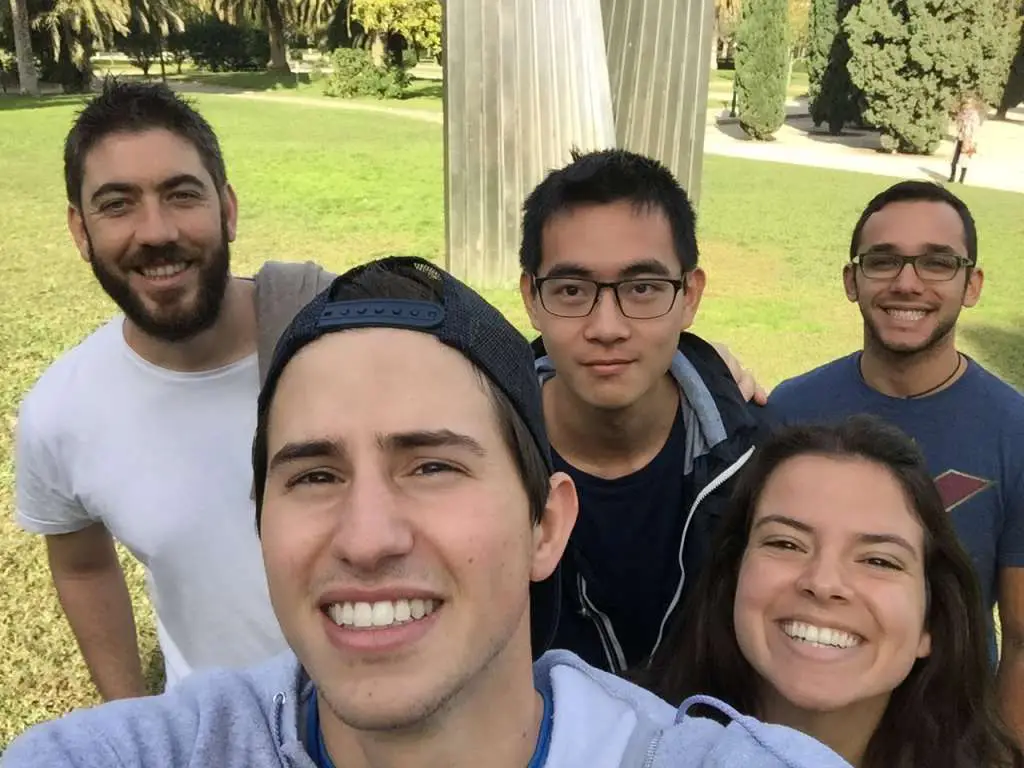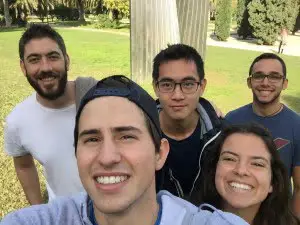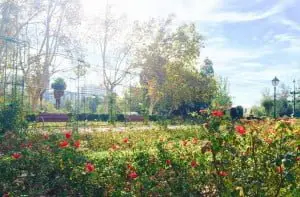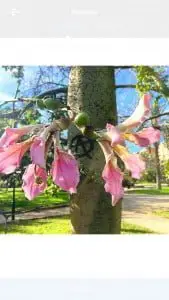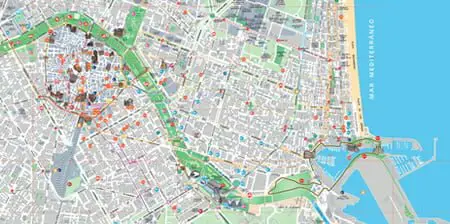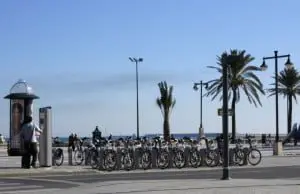Are you also quickly bored when you sit in class all day? We do it differently! Learn Spanish while doing tasks. Read about it here in this article written by one of our professors.
In this first article I will tell you about an activity in my Spanish class. The fun and the work of the task-based approach worked really well. A couple of weeks ago I conducted a photography competition in my Spanish class (level B1).
The tasks where divided into three phases: the first phase, leave the class in pairs and make pictures. The second phase (in class), write a presentation using the necessary grammatical structures. This exercise was to implement the use of the subjunctive form in Spanish since we had practice this during the week. Third phase: do an oral presentation about the photograph and show the rest of the class your opinion using the subjunctive valuation.
So, I decided to finish the week with this activity that puts the focus on several important aspects that need to be taken into consideration in the Spanish classes. These aspects are summarized in four considerations.
First, taking the students out the classroom is always motivating and usually a huge success. This time we took advantage of the Jardines de Viveros. One of the most beautiful gardens of Valencia and close to the AIP school.
Second, divide the group into pairs [1]. From a constructive point of view making groups can be motivating for one and enrich the other respectively. It is essential to downplay competitiveness and raise the activity more as a game than as a rivalry between couples, allowing them to understand that what really matters is the progress, not the outcome.
Third, understand that the task-based approach is basically to pay attention to the context of the activity and to give value to the use of the Spanish language [2]. In other words, many times the student may ask “why do we do this?”. The task-based approach responds to this question, we must understand that this activity is to learn to cooperate with students, prepare an oral presentation in which an image is described and, most importantly, express both positive and negative reviews to the subjunctive in Spanish.
Finally, the result. Here you can choose to put the photos on Facebook and attach descriptions so that the people can vote, and in fact that’s what we did, even though this seems to conflict with what we were saying about not promoting competitiveness. In any case, it’s up to the lecturer or, more importantly, the group of students -know the environment in class, understand the relationships between students.
Photography presentation 1
The weather is nice today and that makes us feel happy about visiting the garden. Jardín de Viveros is a place of life where many people walk; some do sports and some people just sit on the bench and enjoy the quiet time. This photo shows the life of the garden and is the source of life-giving energy; you may get carried away due to the sense of hope from this photo. The garden symbolizes our world; a place where there is life and terror, but needs a source of energy and hope. Perhaps, the sun means the community because it seems logical that the community and the relationship between all hope is believe. We have to live in a place where there are people who want to help the disadvantage. Our photo also means a situation like this where there are things and problems that can only be fixed with the help of others.
Benjamin Deckey, USA
Photography presentation 2
We live in a world of darkness. I do not know why but the human race cannot live together. We have terrorism, hatred and war. This photo does not seem to be only beautiful, but interesting because here we have two symbols: one of beauty, simplicity and one of chaos. This photo gives me hope for the future because despite all the darkness in the world the light will always shine. There is a Jewish museum in Prague, in the museum the children learned how to paint during the Holocaust. It’s amazing that the children are able to paint pictures of happy things during this hard time. I do not think that our picture with this story shows that life cannot overcome all the tough situations.
¨Luca¨ Xiao Zhang, China
In the end, the activity was a great success!
Rafa López Caballero
Spanish professor at AIP Language Institute
[1] I recommend reading the article by Professor Richard Bueno Hudson Manchester Instituto Cervantes.
[2] http://cvc.cervantes.es/ensenanza/biblioteca_ele/diccio_ele/diccionario/enfoquetareas.htm


